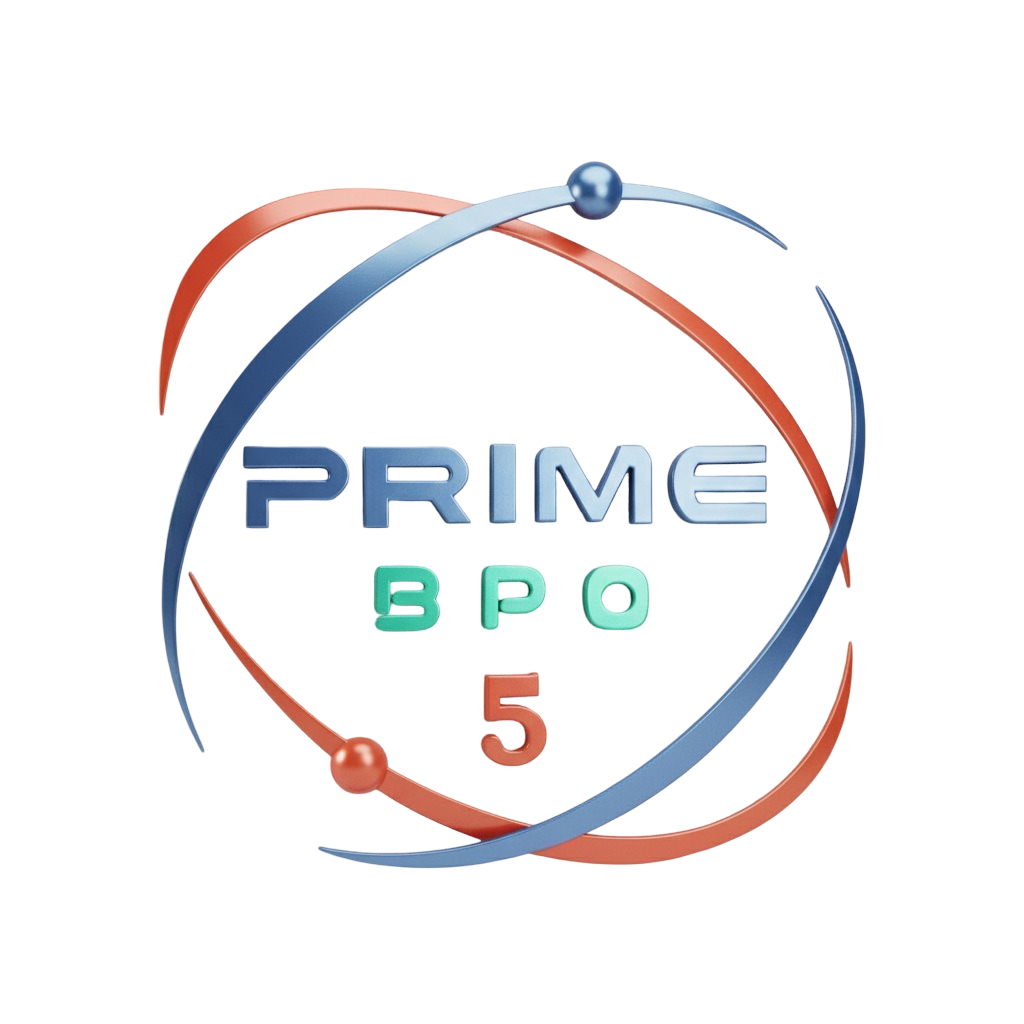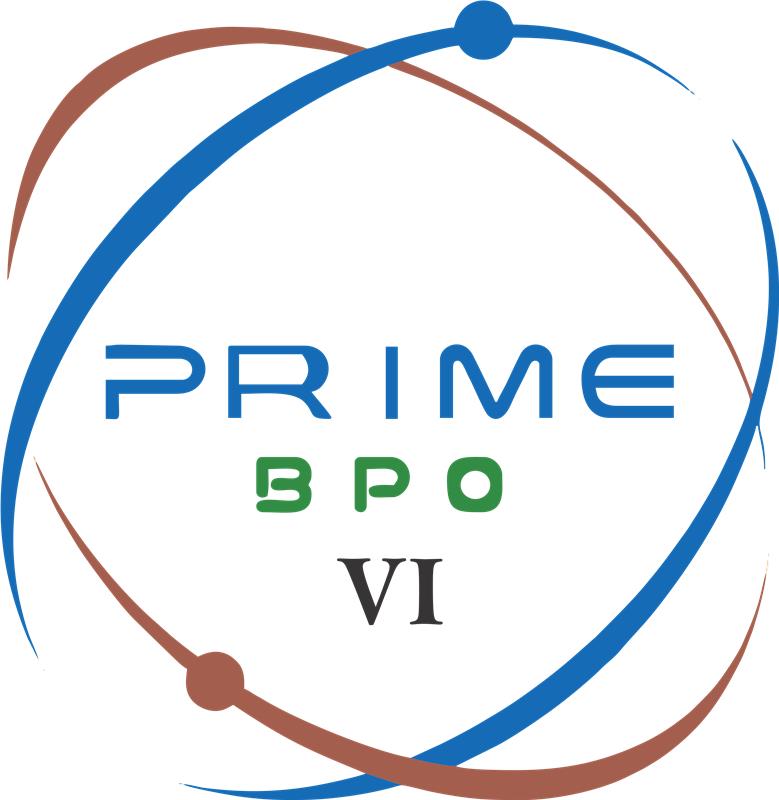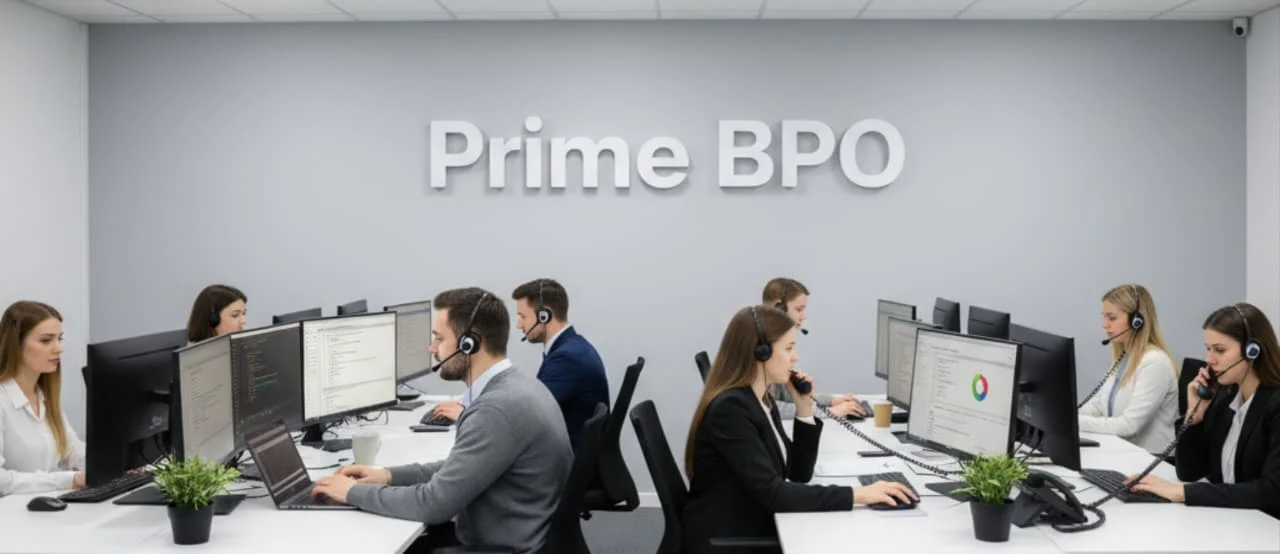Introduction
Lead generation is the backbone of any successful marketing strategy. It’s all about attracting people who are interested in your products or services and turning them into potential customers. As technology changes and customer behavior evolves, so do the strategies businesses use to find and convert leads.
Gone are the days when sending out cold emails or placing simple online ads was enough. In 2025, customers are more informed, tech-savvy, and selective than ever before. They don’t just want to be sold to—they want personalized, helpful, and meaningful experiences.
That’s why staying ahead of lead generation trends is so important. By understanding what’s working now and what’s coming next, you can attract better leads, increase your conversions, and grow your business faster.
Let’s dive into the top lead generation trends shaping 2025 and how you can use them to your advantage.
1. AI-Powered Lead Scoring and Segmentation
Artificial Intelligence (AI) has been a buzzword for years, but now it's becoming a key tool in lead generation. AI allows marketers to make smarter decisions, faster. One major use is lead scoring—ranking leads based on their behavior and likelihood to buy.
What does AI lead scoring look like?
Instead of manually guessing which leads are ready to buy, AI tools analyze large sets of data like:
- Page views
- Time spent on the website
- Email opens and clicks
- Social media interactions
- Demographics
With this data, AI tools like HubSpot, Marketo, or Salesforce Einstein can automatically assign scores to leads and segment them accordingly. For example, someone who’s visited your pricing page three times and downloaded a whitepaper likely has high intent. They would receive a higher score and get fast-tracked to your sales team.
Why segmentation matters
AI also helps you break your audience into smaller, more specific groups based on behaviors, job roles, industries, and preferences. Instead of sending the same message to everyone, you can tailor your communication for each segment. This approach improves engagement and increases the chance of turning leads into loyal customers.
2. Hyper-Personalized Outreach
Personalization goes beyond using someone’s first name in an email. In 2025, it’s about creating experiences that are relevant to each person’s unique needs, interests, and stage in the buying journey.
Dynamic landing pages
With tools like Unbounce or Instapage, marketers can now create landing pages that change content based on:
- Where the user came from (email, ad, social)
- Their geographic location
- Past interactions on your site
For instance, a returning visitor from a specific region might see a localized message, custom offer, or pre-filled form fields. This saves time and increases conversions.
Personalized emails and content
Email personalization has evolved. Platforms now use AI to send emails at the best time for each user, recommend products based on past behavior, and even write subject lines that get more clicks.
You can also personalize blog content, product recommendations, and ads. The more relevant your outreach, the more likely leads will respond.
3. Conversational Marketing with Chatbots and AI Assistants
In 2025, conversations are replacing traditional forms. Instead of filling out boring contact forms and waiting for a reply, users expect real-time conversations with brands.
What is conversational marketing?
Conversational marketing uses live chat, chatbots, and voice assistants to interact with website visitors and answer questions on the spot. These tools help:
- Qualify leads automatically
- Book meetings
- Suggest the right content or products
For example, tools like Drift, Intercom, and Tidio allow businesses to engage users in real-time conversations that feel natural and helpful.
The 24/7 advantage
AI chatbots work around the clock. If someone visits your site at midnight, they can still get answers, schedule a call, or even make a purchase. This always-on support means you’re capturing more leads—anytime, anywhere.
4. First-Party Data and Privacy-Centric Strategies
Privacy concerns are growing. Users want to know how their data is used, and governments are passing laws to protect them. As a result, third-party cookies are disappearing, and marketers are shifting to first-party data strategies.
What is first-party data?
First-party data is the information you collect directly from your audience. It includes:
- Email addresses from newsletter signups
- Responses from surveys or polls
- Data from user interactions on your site or app
Unlike third-party data (which comes from outside sources), first-party data is more accurate, reliable, and privacy-compliant.
How to collect and use it
You can encourage users to share their information by offering:
- Gated content like ebooks or checklists
- Exclusive webinar invites
- Quizzes and assessments
- Personalized offers
Once you collect this data, you can create more targeted campaigns that resonate with your audience—while respecting their privacy.
5. Voice Search and Visual Search Optimization
The way people search for information is changing. Voice assistants like Siri, Alexa, and Google Assistant are now part of daily life. At the same time, users are uploading images to find products or information using tools like Google Lens.
Optimizing for voice search
Voice searches are longer and more conversational. Instead of typing “best CRM,” a user might ask, “What’s the best CRM software for small businesses?”
To capture voice traffic, you need to:
- Use natural language in your content
- Answer common questions (FAQs)
- Optimize for long-tail keywords
Optimizing for visual search
Make sure all your images have:
- Descriptive file names
- Alt text
- Fast loading times
Platforms like Pinterest and Google favor well-optimized images in visual search results, which can drive new traffic to your site.
6. Interactive & Shoppable Content
Interactive content is rising fast because it keeps users engaged and encourages action. It turns passive readers into active participants.
Examples of interactive content
- Quizzes (e.g., “What type of marketer are you?”)
- Calculators (e.g., ROI or pricing calculators)
- Polls and surveys
- Interactive infographics
These formats can be used as lead magnets. For example, after taking a quiz, users can receive personalized results in exchange for their email address.
Shoppable content
For eCommerce and product-based businesses, shoppable content is a powerful tool. It lets users buy directly from:
- Blog posts
- Product videos
- Social media (especially Instagram, TikTok, and Pinterest)
It removes friction from the buying process and can turn content into a lead-generating machine.
7. Influencer-Led B2B Campaigns
Influencer marketing isn’t just for B2C anymore. In 2025, B2B brands are teaming up with industry influencers to reach highly targeted audiences.
Why B2B influencer marketing works
These influencers aren’t celebrities—they’re trusted professionals in their niche. They might include:
- LinkedIn thought leaders
- Podcast hosts
- Bloggers and YouTubers in specific industries
When they promote a product, their audience listens. This can lead to high-quality leads who already trust your brand by the time they land on your site.
B2B examples
- Hosting a webinar with a well-known expert
- Collaborating on a research report
- Getting a shoutout in a niche newsletter
It’s cost-effective, authentic, and delivers measurable results.
8. LinkedIn & Niche Social Platforms Growth
LinkedIn continues to dominate as the go-to platform for B2B lead generation—and it’s only getting better in 2025.
LinkedIn lead tools
New features like lead gen forms, carousel ads, and video posts allow for deeper engagement. You can target users by:
- Job title
- Company size
- Industry
- Skills or interests
LinkedIn also allows remarketing, so you can follow up with users who interacted with your ads or content.
Don’t overlook niche platforms
Smaller, topic-specific platforms offer less noise and more focus. These include:
- Quora (for expert answers and thought leadership)
- Reddit (for community-driven discussions)
- Slack communities or Discord groups (for niche networking)
These places can help you build brand authority and collect highly relevant leads.
9. Automation Meets Human Touch
Automation saves time and money. But too much automation can make your brand feel cold or robotic. The most successful businesses in 2025 are blending automation with a personal, human touch.
What to automate
- Welcome sequences
- Lead scoring
- Email nurturing
- Appointment scheduling
Tools like ActiveCampaign, Mailchimp, or Zapier make it easy to automate repetitive tasks.
Adding human elements
Don’t forget to:
- Write messages in a friendly tone
- Use video messages in follow-ups
- Offer real-time human support when needed
By showing that there's a real person behind the brand, you build trust and stand out from the competition.
10. Video Funnels and Webinar Re-Engagement
Video is the #1 content format in 2025 for engaging and converting leads. It’s visual, fast, and effective.
What is a video funnel?
It’s a series of short videos that guide leads through the buyer journey. Example funnel:
- Awareness: Quick explainer video
- Consideration: Customer testimonial or demo
- Decision: Strong CTA video with limited-time offer
You can host video funnels on YouTube, your website, or social media—and use tools like Wistia or Vidyard to track engagement.
Evergreen webinars
Webinars still work, but not everyone has time to attend live events. That’s why on-demand webinars and automated replays are growing in popularity.
You can:
- Add a registration gate to collect leads
- Follow up with segmented email sequences
- Use Q&A replays as bonus content
It’s an efficient way to educate and qualify leads at scale.
Conclusion
Lead generation is always evolving, but in 2025, the focus is clear: smarter technology, deeper personalization, better content, and trust-based marketing.
To recap, the top lead generation trends to watch in 2025 include:
- AI-powered targeting and segmentation
- Personalized content and outreach
- Chatbots and conversational experiences
- Privacy-first, first-party data collection
- Optimization for voice and visual search
- Interactive and shoppable content
- B2B influencer collaborations
- LinkedIn and niche platform growth
- Blending automation with human touch
- Using video and webinars strategically
By applying these trends, you can improve your lead quality, increase engagement, and drive more sales.
FAQs: Lead Generation Trends 2025
- What is the most important lead generation trend in 2025?
While several trends are shaping lead generation this year, AI-powered lead scoring and hyper-personalized marketing are emerging as the most impactful. These technologies allow businesses to better understand user behavior and intent, so they can focus on high-quality leads and deliver more relevant messages. This increases both engagement and conversions. - How does AI improve lead generation?
AI improves lead generation by analyzing user data and predicting customer behavior. It can assign scores to leads based on their likelihood to convert, segment audiences based on actions or preferences, and help personalize content automatically. With AI, businesses can nurture leads more efficiently and close deals faster. - Is LinkedIn still effective for B2B lead generation in 2025?
Yes, LinkedIn continues to be one of the best platforms for B2B lead generation in 2025. With enhanced targeting options, improved lead generation forms, and support for multimedia content like carousels and videos, marketers can engage with decision-makers more effectively and generate high-quality leads consistently. - How can I collect first-party data ethically?
To collect first-party data in a privacy-conscious way, businesses should focus on offering value in exchange for user information. This could be through offering access to helpful resources like webinars, eBooks, or tools. Transparency about how the data will be used, along with clear consent options, ensures that the process remains ethical and compliant with privacy regulations. - What tools help with lead generation automation?
There are several tools available to help with automating your lead generation process. Platforms like HubSpot, ActiveCampaign, and Mailchimp offer features for creating automated email sequences, scoring leads, and triggering personalized content based on user activity. These tools reduce manual effort while maintaining a human touch in communication.
Get Free Quotes
Customized Options Await






